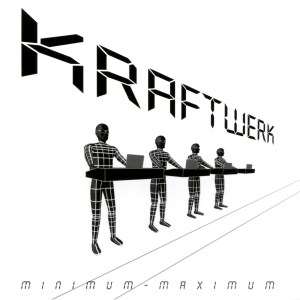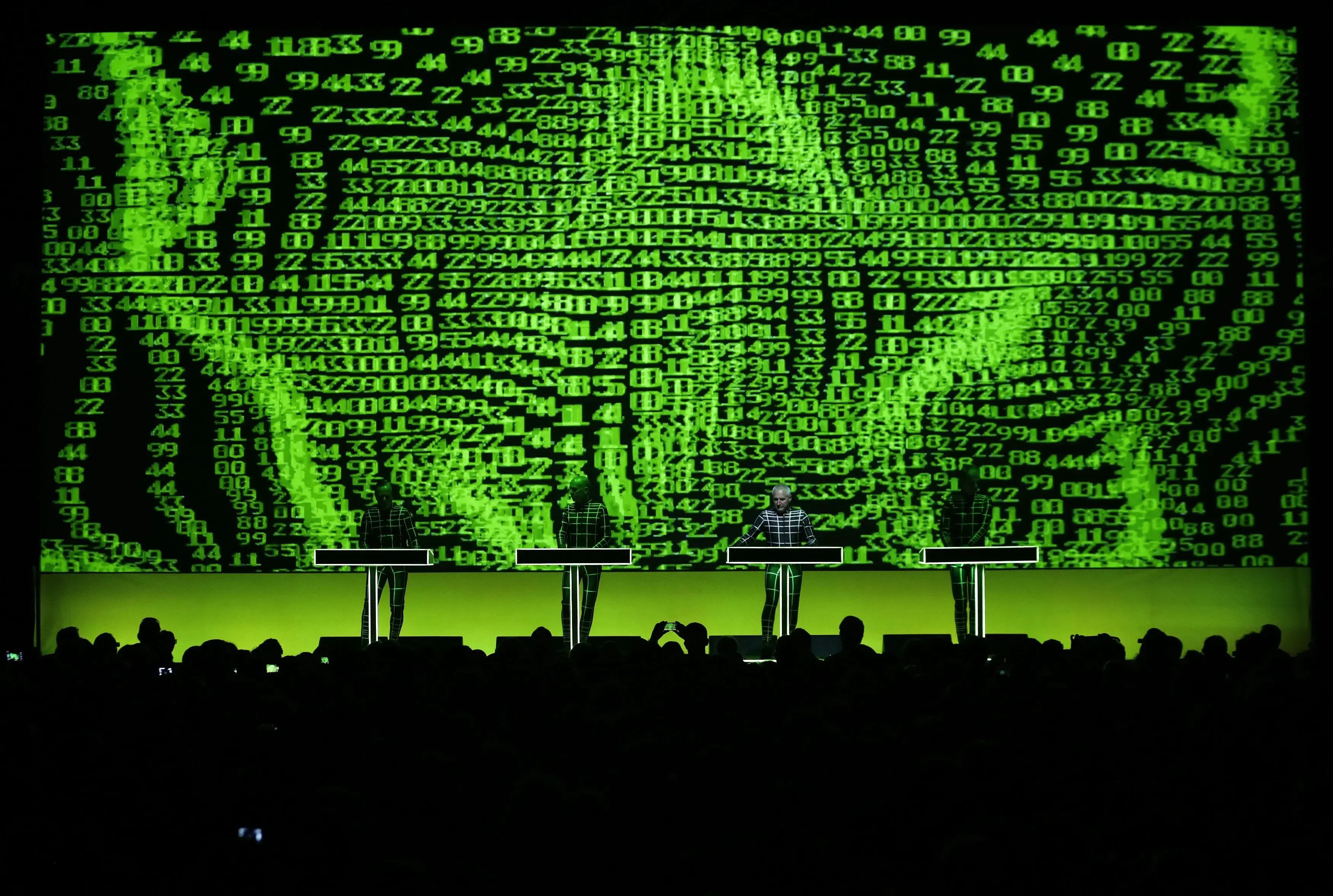I’m not a classic Linuxer (I switched in 2015) but I did once try Mandrake out of historical curiosity. From what I hear it was the recommended “beginner-friendly” distro before Ubuntu came out. And based on how hard it was to get working on a VM, I now understand why classic Linuxers talk about Ubuntu like it was this huge sea change.
f00f/eris
Here to follow content related to Star Trek, Linux, open-source software, and anything else I like that happens to have a substantial Lemmy community for it.
Main fediverse account: @f00fc7c8@woem.space
- 1 Post
- 100 Comments
It’s nice that major news outlets are saying what we nerds have been screaming for the past two decades. Microsoft only shares a small portion of the blame for the recent outage (they could have built their OS better so software vendors don’t feel the need to use kernel modules, but the rest is on CrowdStrike) but we are too depenent on them.

 2·1 year ago
2·1 year agoIf my American university has a system in place for students that don’t own Windows, I would not be surprised if yours has a better one :)

 39·1 year ago
39·1 year agoLibreOffice has opened every DOC(X) the school has sent me, albeit imperfectly, and all assignments are turned in as PDFs, which I usually make using Markdown and LaTeX. I have had to use Office 365 for collaboration, but only about twice a year, and that runs very smoothly in Firefox. On one occasion I tried to collaborate with CryptPad, but it didn’t work as well as I hoped.
Most computer labs at my uni run Windows 10, rarely 11, but a lot of the science labs run Linux. A surprising amount of the software required for classes has been open-source, too.
The most frustrating thing has been the lockdown browser used for some exams. My university library has computers I can borrow for exams, but yours might not, and they detect VMs, so you might have to dual boot for that.

 11·1 year ago
11·1 year agoYeah, only thing I can think of is the few banking apps that don’t have web versions.
I was lucky enough to have all my banking and 2FA apps work perfectly on GrapheneOS. The only app that gave me a significant amount of trouble was iClicker, which my school uses for attendance. That was fixed by enabling Google Play location services, and there was a (fairly expensive) alternative anyway.
I did have to buy a new phone to use Graphene, because I got my previous one as part of a carrier’s cell plan, and it had a locked BIOS. Though I think the purchase was worth it, and just moving my SIM card from one device to another was enough to get it working.

 4·1 year ago
4·1 year agoI don’t have much PC building experience, but these specs seem sufficient. Only comment is that you might need to use a distro with a new-ish kernel and graphics stack, given the very recent CPU and GPU. So not Debian stable, but Fedora, Ubuntu, or any rolling release distro will be fine.

 5·1 year ago
5·1 year agoHandbrake will probably still work if you compile it from source, but it seems like upstream isn’t paying much attention to libdvdcss support.
The version in Debian’s repo still works for me, anyway.

 1·1 year ago
1·1 year agoI’ll probably use Codeberg or another Forgejo server for my next programming project, if/when I have one that is far enough along to publish (motivating myself to get that far is a tall task). Until then, everything I’d consider contributing to is either on GitHub, or is self-hosting some other software, so I don’t have a reason to create an account yet.

 5·1 year ago
5·1 year agoIf you haven’t set up this laptop yet, then I’d suggest installing a server-oriented distro like Debian, AlmaLinux, or Ubuntu Server. Those have minimal install options that come without a desktop environment installed, as most servers do not need one. If you’d like to make the install harder for yourself, this might be a good excuse to give Arch Linux or Gentoo a try, as those have the option of a fully manual install. If you’d like, you can install a desktop environment afterwards using the package manager.
If you already have a Linux with a graphical desktop installed, you can configure the system not to automatically start it with
sudo systemctl set-default multi-user.target. (Do not do this on your main device!) You can re-enable it withsudo systemctl set-default graphical.target.Regardless, you can then start a graphical session using
startx, or whatever command is more appropriate for your desktop environment (gnome-sessionto start GNOME on Wayland,startplasma-waylandto start KDE Plasma), or bysudo systemctl starting your login screen manager (sddm, gdm, lightdm, etc).
I’m currently on the RHCSA path myself, and I can tell you that the courses are not worth the thousands that Red Hat charges. There are plenty of unofficial video courses on YouTube and Udemy and study guides and practice tests on GitHub that are free or cheap, and other resources for every individual study topic, which will be good enough.
However, though I can’t speak from experience, it seems like the cert itself will look good enough on a resume to justify the investment of $500 and a month of studying.
Assuming you mean the Beelink S12 (which is the first thing that comes up in a search for “n100 mini pc”), that’s quite similar to my own computer specs, which can run just about any distro, with enough resources to spare for a VM or two. I don’t think it’s necessary to go really lightweight or pick something special. If there’s a distro you’re already familiar with and know you can do all of those things on, install that.
If you like Garuda, you could always try a different Arch spin which is lighter out of the box, like CachyOS or EndeavourOS.

 29·1 year ago
29·1 year agoI’ve switched to FreeTube for now, it still works using the Invidious API. This is happening because YouTube is testing forced login to watch videos or use the API. There is a workaround it seems, but we’ll have to wait for all the major clients to roll it out.
Windows 8.1 was my last version before I made the switch. Windows 8 was horrible. The Metro UI broke all my habits from Windows XP from 7 while also making it harder to tweak my system. By the time 8.1 came out, I’d found enough ways around the main annoyances that its improvements were moot, but many issues remained, such as the bloatware bundled with my PC, and frequent slowness and instability.
As for why I switched, I was attracted by the free software ideal, and trying to get away from Windows, and I had watched and read several things that further convinced me it was superior, but I think the ultimate reason was that I had become hyperfixated on Linux. Thankfully, in this case, autism did not steer me wrong. My level of obsession with Linux has declined, but I still enjoy using my computer much more than I ever did or would on Windows.
I have the same problem at my school, but thankfully, the school library has laptops I can borrow with the lockdown browser installed. It isn’t ideal, but is there a similar arrangement you could make?
Unlikely. While in theory someone could create a compatibility layer, it would be quite a challenge, as obviously, kernel modules are very closely tied to the specific kernel. I did some web searches, and only found the same few dead projects (that didn’t completely solve this issue anyway) that you found, and other forum posts that offer little encouragement.
Make sure you have the latest version of Windows 10 or 11, and the latest drivers for your network hardware. If you do, then there’s probably not much you can do about this.

 23·1 year ago
23·1 year agoPersonally, I’ve had no problems whatsoever running the Office 365 apps needed by my school on Debian’s version of Firefox ESR. Aside from Outlook and Teams, I’m not asked to use them very often, as most assignments are turned in as PDFs, but when I have been required to use Word and Excel, I have had no problems.
Apparently GNOME 46 introduced support for Microsoft 365 accounts including OneDrive support in the file manager, so a distro that runs a recent GNOME version, such as Fedora or Ubuntu, may be your best option. But without that, you can still use a third-party project like onedriver or abraunegg’s OneDrive client.
What is a “must have” depends on your use case, personal preferences, and the shortcomings of your distro’s default configuration (I’ve never used Cachy so I don’t know what’s missing).
For myself, I usually end up installing VLC and Strawberry Media Player, since the media players most distros come with aren’t as good. On non-GNOME distros I tend to install GNOME Disks as it’s the least painful to use of the GUI partitioning tools I have used. My preferred rich text format is Markdown, for which I use ghostwriter. I also usually install a few FOSS games to pass the time with - my favorites are Freedoom, SuperTux, SuperTuxKart, and Xonotic - and RetroArch for emulation.

Going by their Mastodon account, seems they were erroneously detected as “from a US-sanctioned region” and it took too long for said error to be resolved, so they just made the switch.